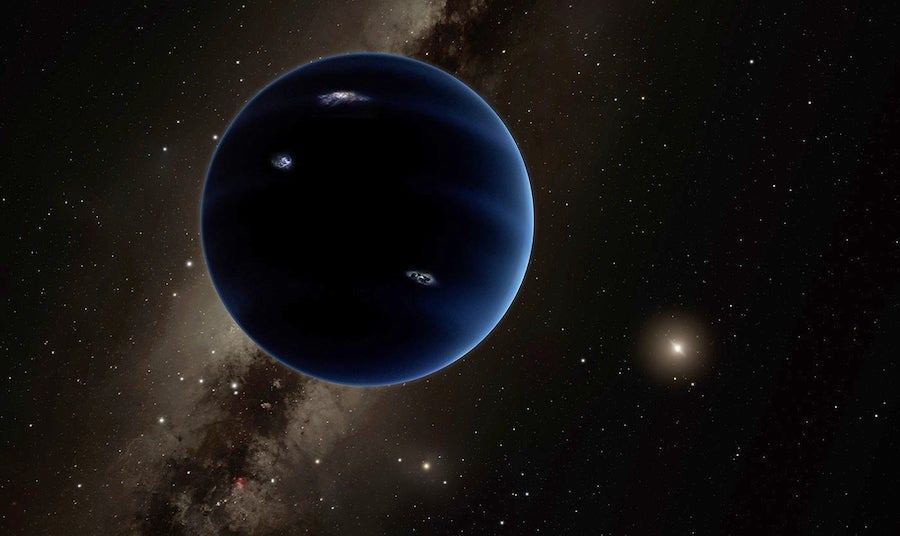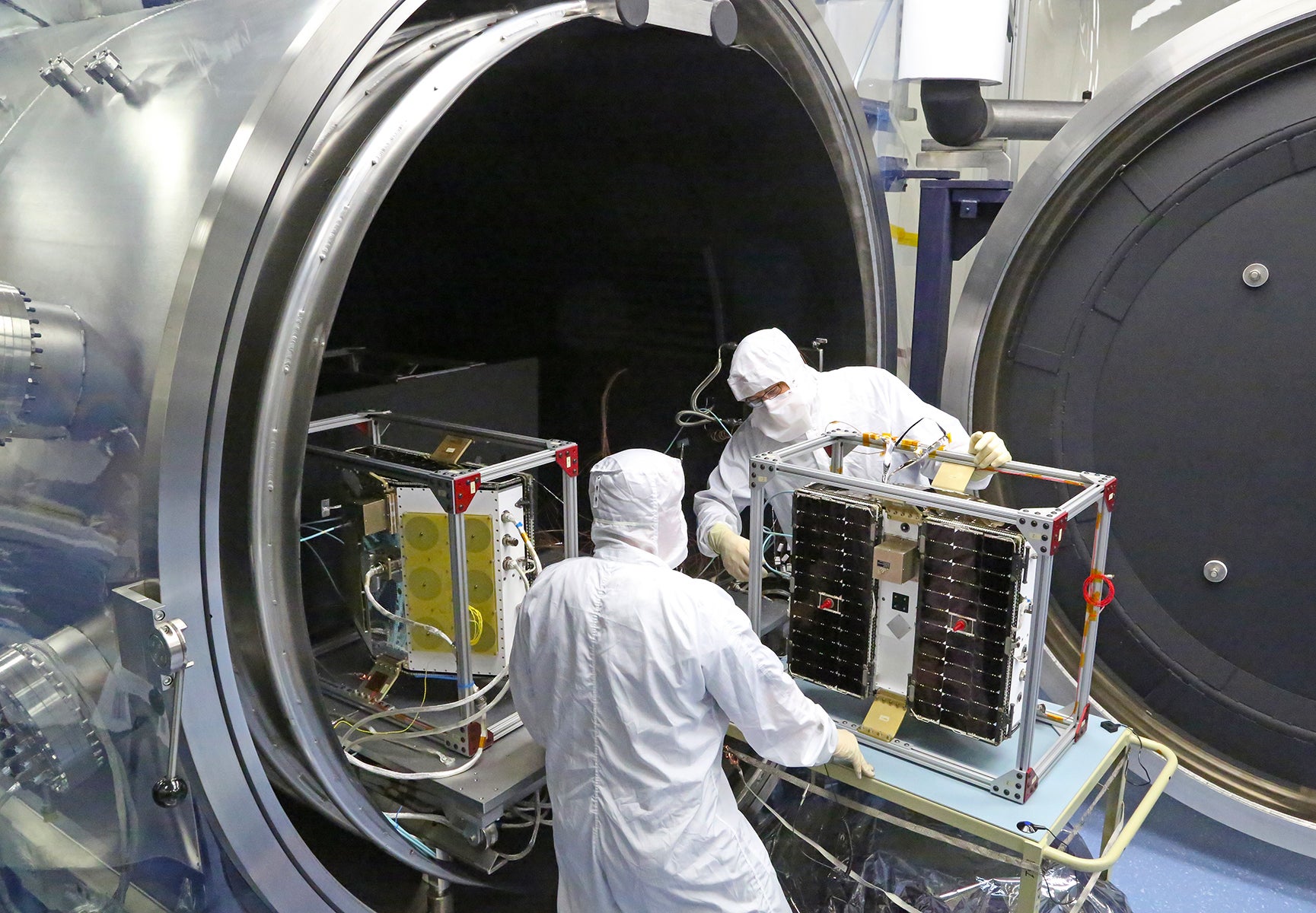Astronomers have gained valuable new insights about the atmosphere of the dwarf planet Pluto. Using European Southern Observatory’s (ESO) Very Large Telescope (VLT), the scientists found unexpectedly large amounts of methane in the atmosphere, and they also discovered that the atmosphere is hotter than the surface by about 40°, although it still only reaches a frigid -356° Fahrenheit (-180° Celsius). These properties of Pluto’s atmosphere may be due to the presence of pure methane patches or of a methane-rich layer covering the dwarf planet’s surface.
“With lots of methane in the atmosphere, it becomes clear why Pluto’s atmosphere is so warm,” said Emmanuel Lellouch, lead author of the paper reporting the results.
It has been known since the 1980s that Pluto also has a tenuous atmosphere that consists of a thin envelope of mostly nitrogen, with traces of methane and probably carbon monoxide. As Pluto moves away from the Sun, during its 248-year-long orbit, its atmosphere gradually freezes and falls to the ground. In periods when it is closer to the Sun – as it is now – the temperature of Pluto’s solid surface increases, causing the ice to sublimate into gas.
Until recently, only the upper parts of Pluto’s atmosphere could be studied. By observing stellar occultations, a phenomenon that occurs when a solar system body blocks the light from a background star, astronomers were able to demonstrate that Pluto’s upper atmosphere was some 50° warmer than the surface, or -338° Fahrenheit (-170° Celsius). These observations couldn’t shed any light on the atmospheric temperature and pressure near Pluto’s surface. But new observations made with the CRyogenic InfraRed Echelle Spectrograph (CRIRES), attached to ESO’s VLT, have now revealed that the atmosphere as a whole, not just the upper atmosphere, has a mean temperature of -356° Fahrenheit (-180° Celsius), and so it is “much hotter” than the surface.
In contrast to Earth’s atmosphere, most of Pluto’s atmosphere is undergoing a temperature inversion — the temperature is higher, the higher in the atmosphere you look. The change is about 3° to 15° per kilometer. On Earth, under normal circumstances, the temperature decreases through the atmosphere by about 6° per kilometer.
“It is fascinating to think that with CRIRES we are able to precisely measure traces of a gas in an atmosphere 100,000 times more tenuous than Earth’s, on an object five times smaller than our planet and located at the edge of the solar system,” said co-author Hans-Ulrich Kaufl. “The combination of CRIRES and the VLT is almost like having an advanced atmospheric research satellite orbiting Pluto.”
The reason why Pluto’s surface is so cold is linked to the existence of Pluto’s atmosphere and to the sublimation of the surface ice. Much like sweat cools the body as it evaporates from the surface of the skin, this sublimation has a cooling effect on Pluto’s surface. In this respect, Pluto shares some properties with comets, whose coma and tails arise from sublimating ice as they approach the Sun.
The CRIRES observations also indicate that methane is the second most common gas in Pluto’s atmosphere, representing half a percent of the molecules. “We were able to show that these quantities of methane play a crucial role in the heating processes in the atmosphere and can explain the elevated atmospheric temperature,” said Lellouch.
Two different models can explain the properties of Pluto’s atmosphere. In the first, the astronomers assume that Pluto’s surface is covered with a thin layer of methane, which will inhibit the sublimation of the nitrogen frost. The second scenario invokes the existence of pure methane patches on the surface.
“Discriminating between the two will require further study of Pluto as it moves away from the Sun,” said Lellouch. “And of course, NASA’s New Horizons space probe will also provide us with more clues when it reaches the dwarf planet in 2015.”









